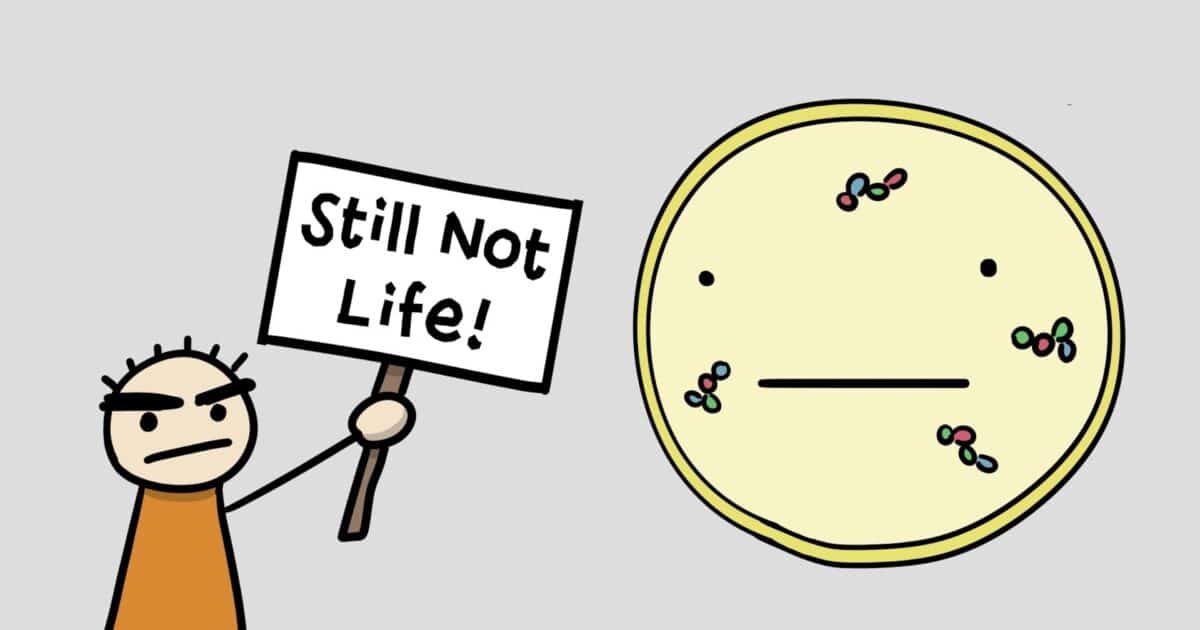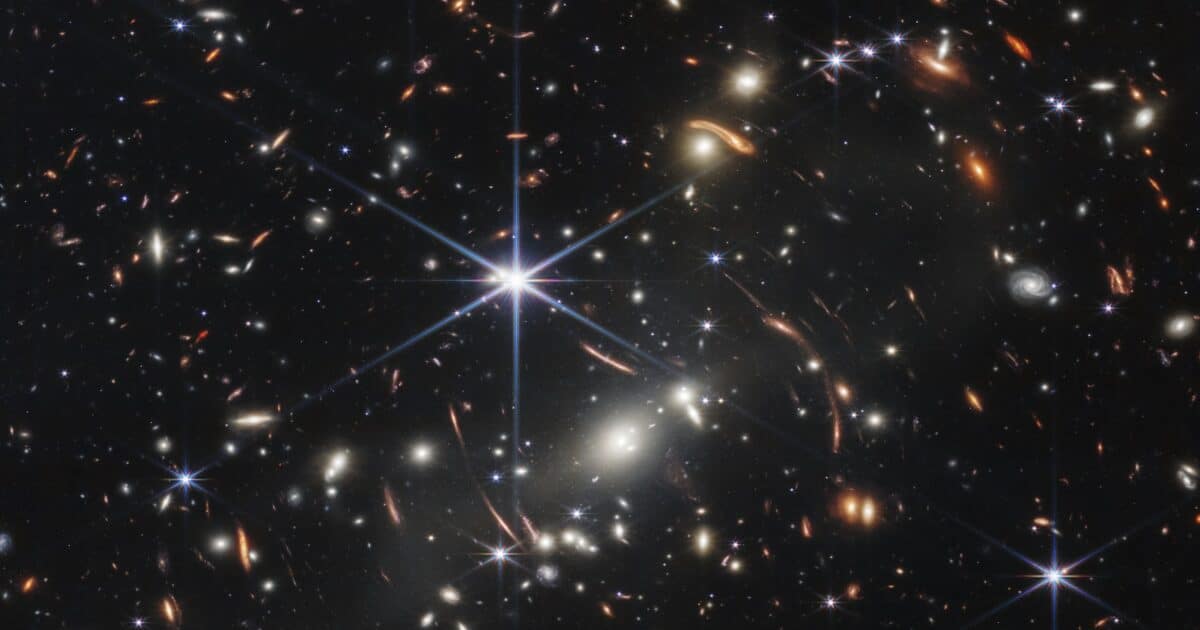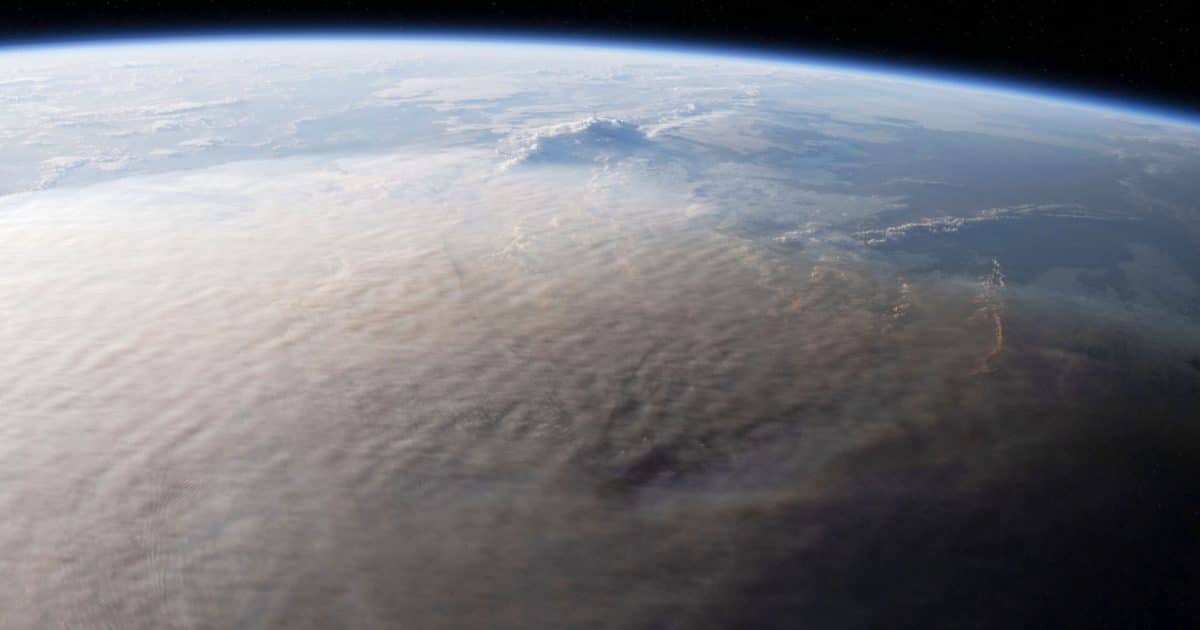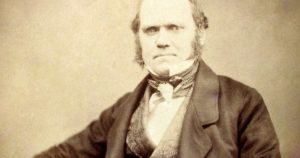
Science and Culture Today | Page 245 | Discovering Design in Nature


Can Red Have “Redness” if No Self Perceives It?

Energy Harnessing: Achilles Heel for the Origin of Life

A Closer Look at Hummingbird Tongue Design

Another Philosopher Says the Unified Self Is an Illusion

Stephen Meyer: No, the Big Bang Hasn’t Been “Disproven”

Is There Enough Phosphorus for Us?

Michael Keas: Faith, Science, and the Phases of Venus

The Electric Cell: More Synergy with Physics Found in Cellular Coding






































